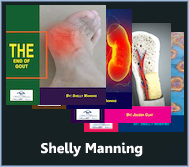The most common method used to determine bone density is Dual-energy X-ray Absorptiometry (DXA or DEXA). DXA is a non-invasive imaging technique that measures bone mineral density (BMD) at various sites in the body, typically the spine, hip, or forearm. It works by passing two X-ray beams at different energy levels through the bones, and the amount of X-ray radiation absorbed by the bones is measured. This information is used to calculate bone density.
DXA scans are widely used for diagnosing osteoporosis, assessing fracture risk, and monitoring changes in bone density over time. They are quick, painless, and produce minimal radiation exposure, making them the gold standard for bone density testing.
Other methods used to determine bone density include quantitative ultrasound (QUS), peripheral quantitative computed tomography (pQCT), and quantitative CT (QCT). However, DXA remains the most common and widely available technique for assessing bone density in clinical practice.





